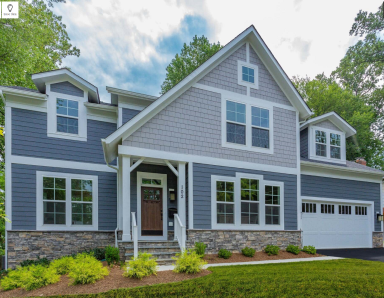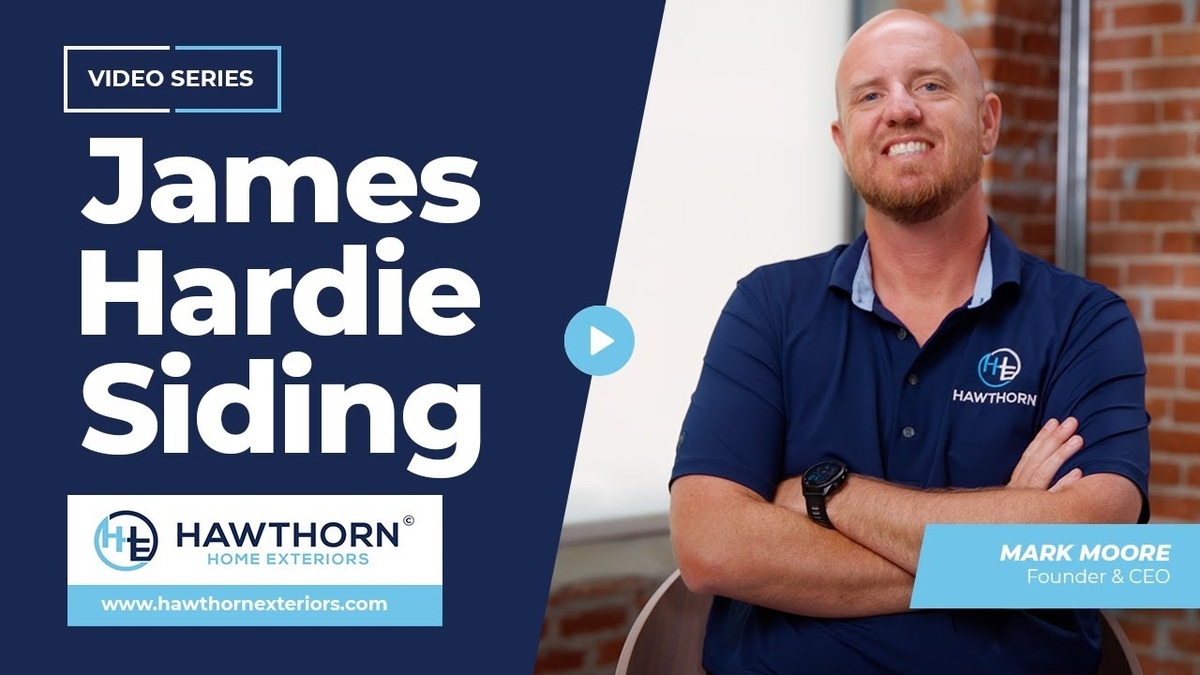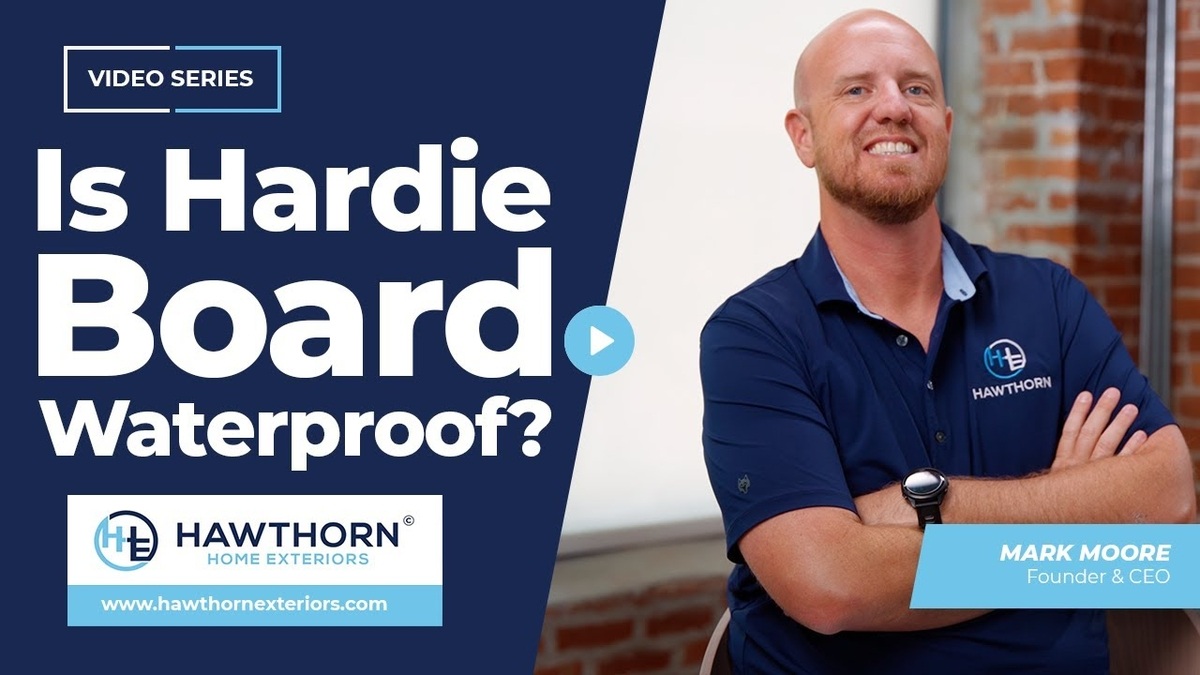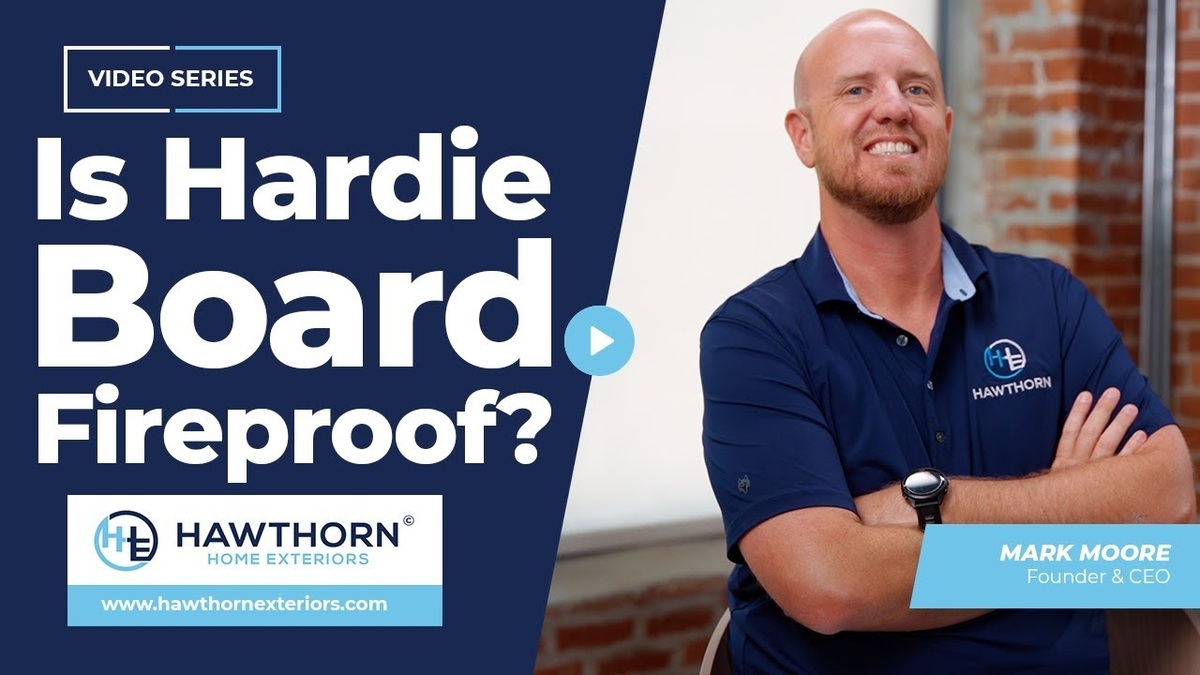Let’s look at the benefits of engineered wood siding for protecting your home in St. Louis. Engineered wood is a newer material that serves to rectify some of the shortcomings of traditional wood siding. It’s become a popular option in recent years in various parts of the country, especially for colonial-style homes.
While we still prefer the longevity and aesthetics of James Hardie Siding, we can acknowledge a few benefits to using this modernized wood style.
What is Engineered Wood?
Engineered wood is a mixture of hardwoods and softwoods fused together with high heat and adhesive additives. There are several iterations of it, including Oriented Strand Board (OSB) and Laminated Strand Lumber (LSL). Overall, the goal behind engineered wood is to get the strongest possible synthetic wood while keeping costs low.
There’s a company, LPCorp, that produces what they call LP Smarting Siding. Compared to other composite products, it’s fairly easy to install, comes with longer but lighter boards, and provides a pretty good imitation of classic wood texture. LP Smart Siding comes in 16 different versatile prefinished colors.
Benefits of Engineered Wood Siding
What are the benefits of using engineered wood siding?
- It has much better moisture protection compared to traditional wood and vinyl siding.
- It’s reasonably affordable.
- You don’t have to paint it as often as wood.
- Engineered wood is less vulnerable (though not entirely) to termites, wood rot, warping, and woodpeckers than regular wood.
- The extra layers of engineered wood make it much sturdier than traditional wood.
- Although it doesn’t have the fanciest appearance among the various market options, most homeowners prefer it over basic vinyl.
Granted, if you’re in the market for a discount siding, vinyl is still the cheapest, coming in at roughly half the cost of LP Smart Siding. In summation, it’s not a bad option for home siding, but there are other premium alternatives that exceed its potential.
What Other Siding Options Do I Have?
Of course, engineered wood has its downsides, such as lower durability than fiber cement siding. That’s why we still prefer the sturdier and superior curb appeal of James Hardie Siding. Their patented fiber cement boards are also synthetic materials composed of Portland cement, cellulose fibers, sand, and water. Since the 1980s, this has become the industry’s top siding brand for many different reasons.
Don’t believe our word for it, either. Take a look at the pictures throughout our website, where the predominant siding task involves James Hardie’s Siding installation. You’ll notice that it’s what matches the high-quality aesthetic you’ll find all over the nicer homes in St. Louis.
The endurance factor is also a huge draw for fiber cement siding. Assuming proper installation, you can count on solid home protection for at least 50 years. That’s something you cannot get from other siding brands.
Regardless of whichever siding choice you make, it’s important to understand the costs as well. Hawthorn Exteriors CEO Mark Moore explains all you need to know about that in this post on what to expect from home siding costs. It behooves you to know what you’re getting into when you take on a big capital project like re-siding your home.
Benefits of Engineered Wood Siding: St. Louis’ Best Siding Contractor
Whether you choose to re-side your home with engineered wood, fiber cement Hardie boards, vinyl, or anything else, we offer the best workmanship possible. One of the biggest drawbacks to any siding job comes from contractors going too fast or cutting corners. You don’t have to worry about that with Hawthorn Exteriors.
We’re specifically trained and certified by the James Hardie company as a Side Master for their premium products. Our business also receives accreditation from the Better Business Bureau (BBB), and we’re ranked as the #1 Siding Company in St. Louis, according to BloggerLocal.
Now that you know the benefits of engineered wood and other siding options, feel free to contact us at any time to schedule a free consultation.






